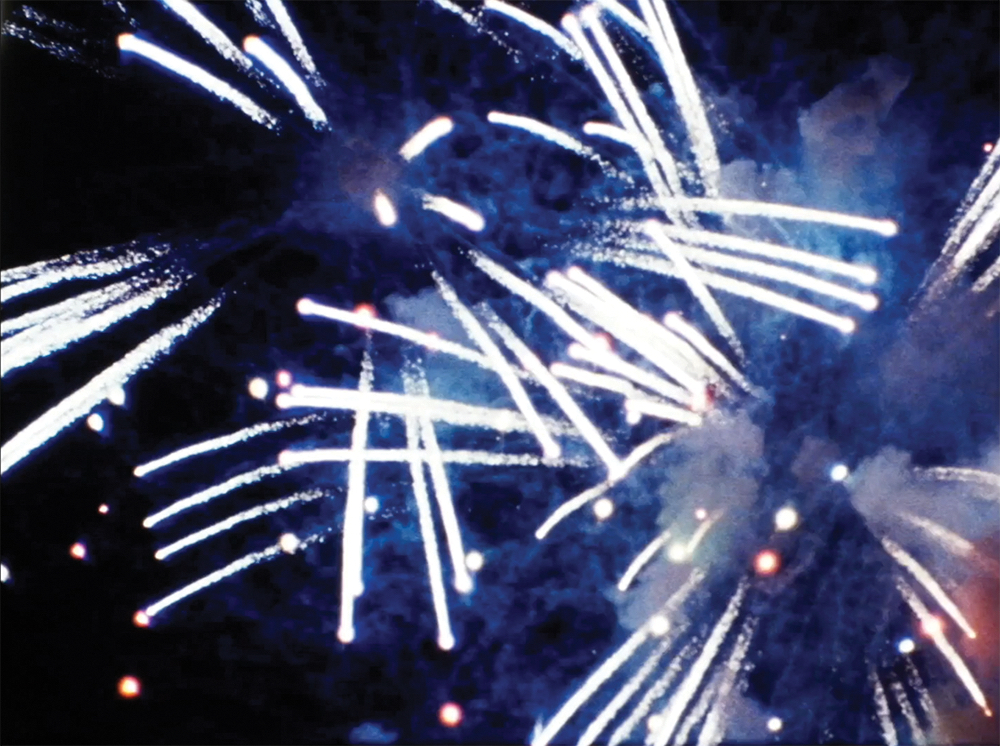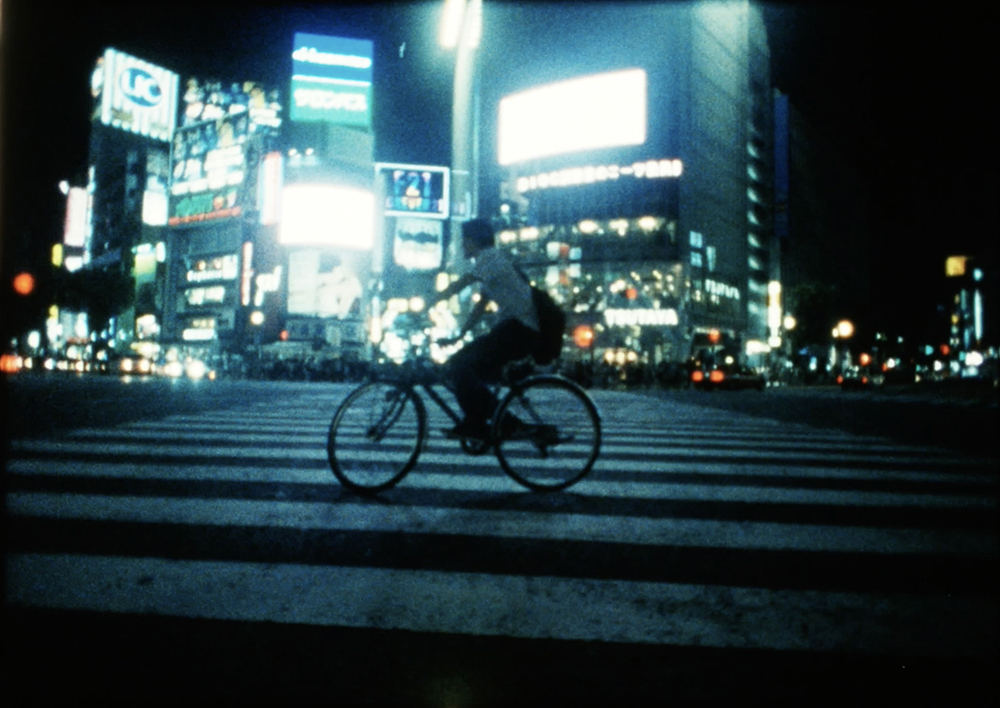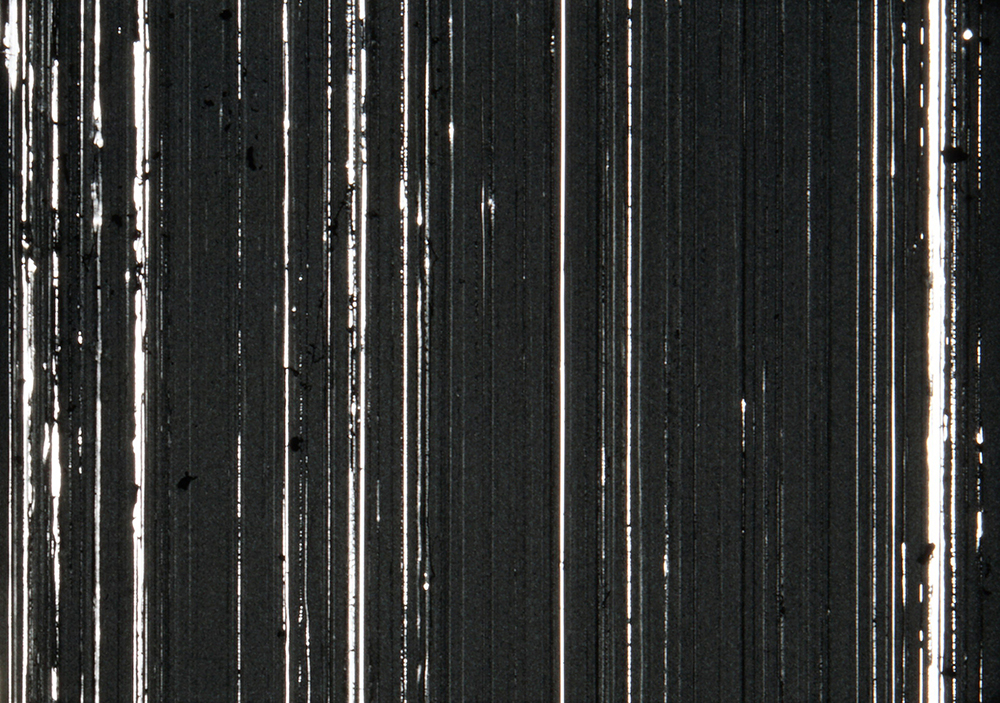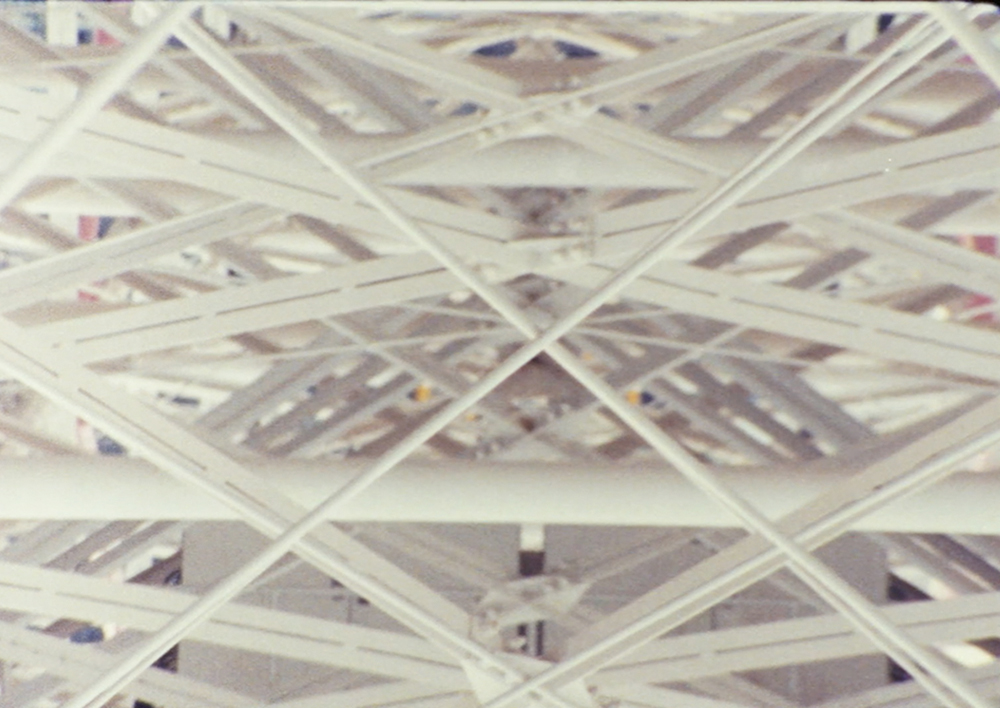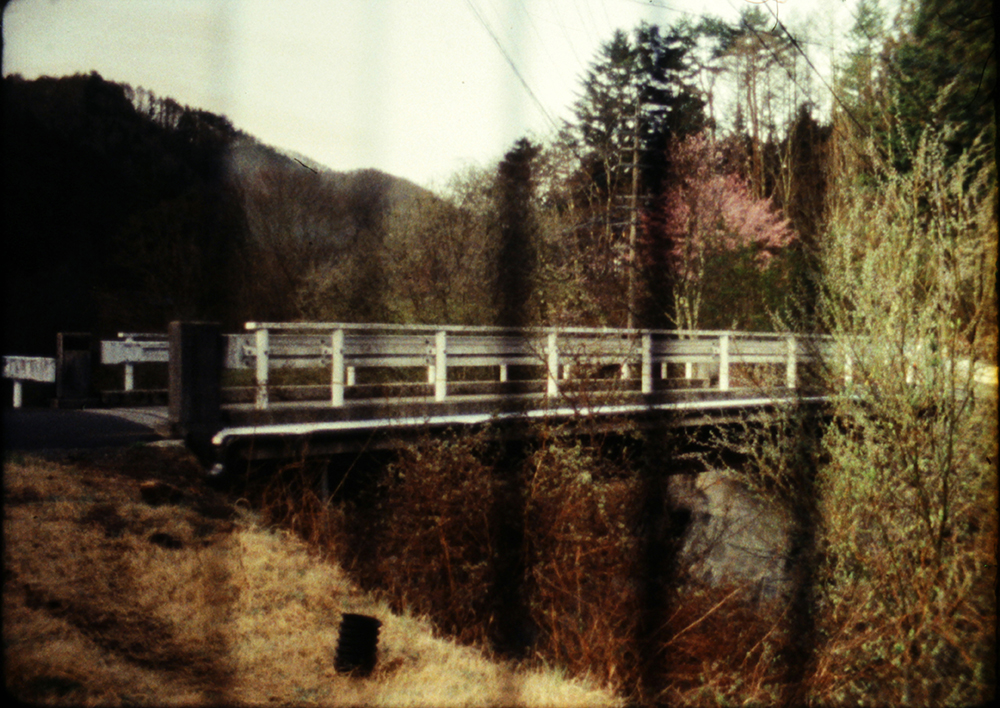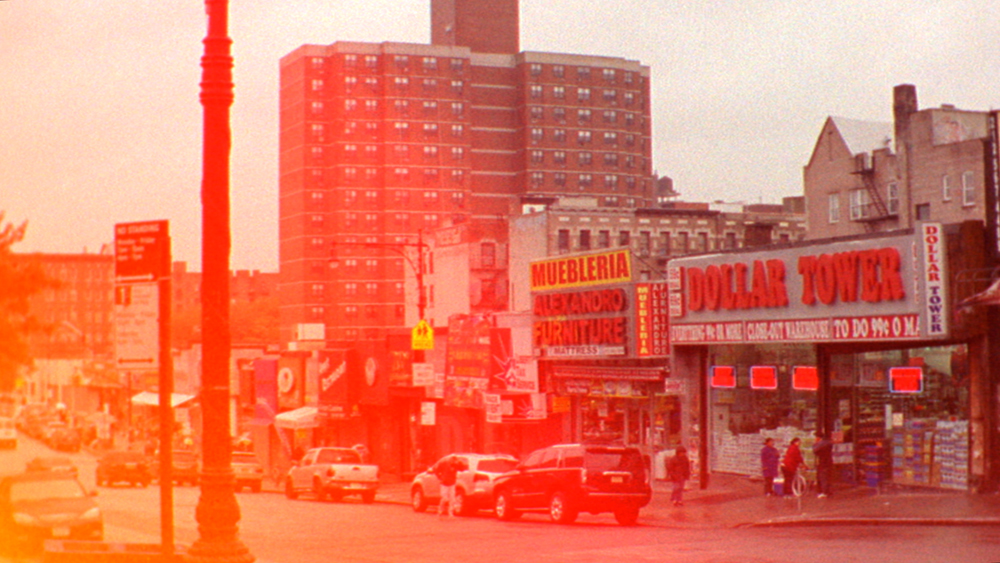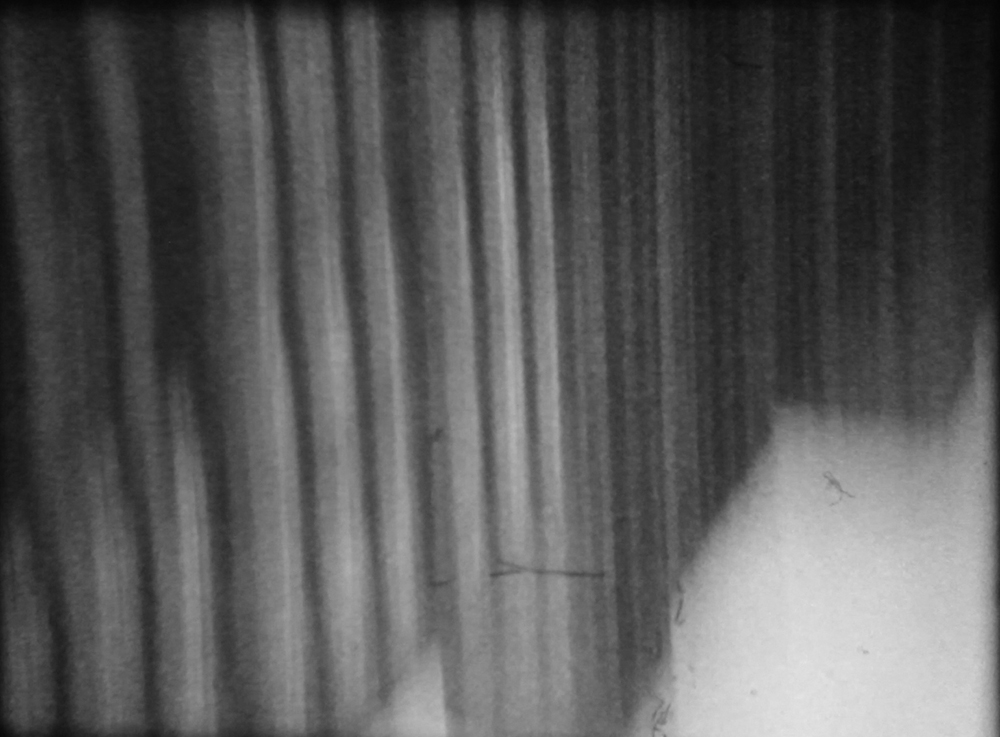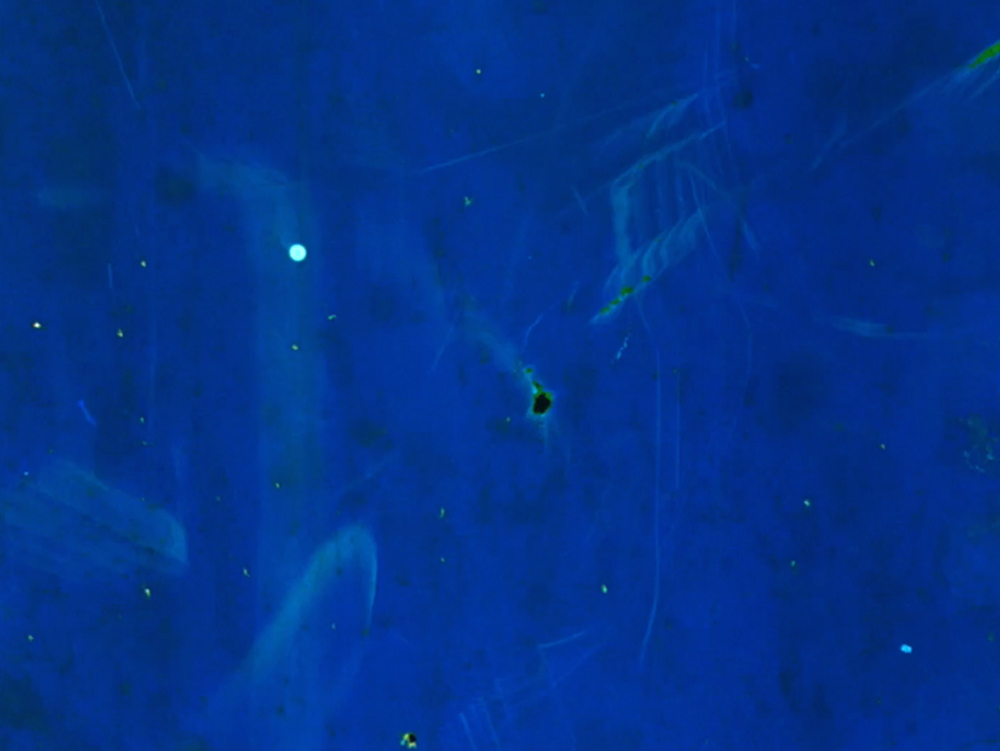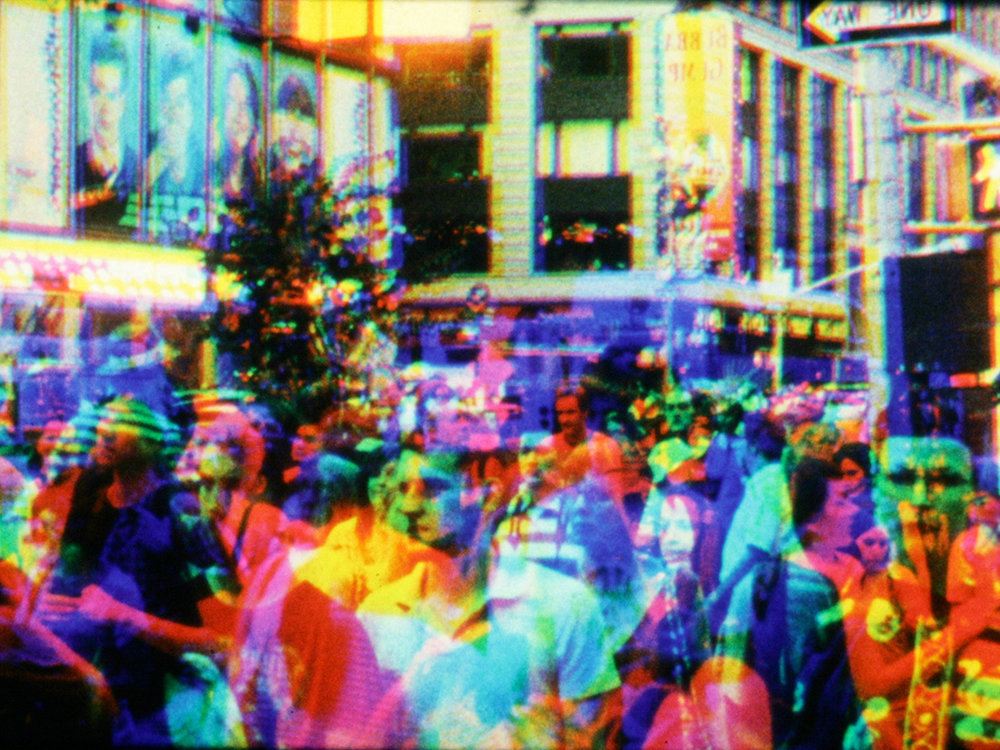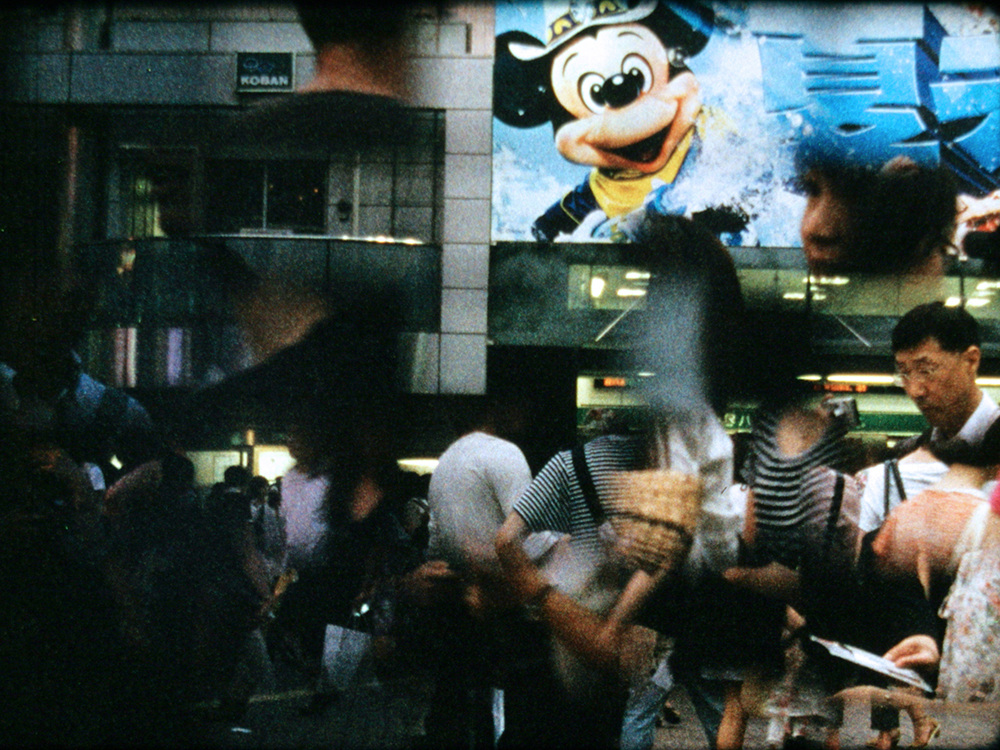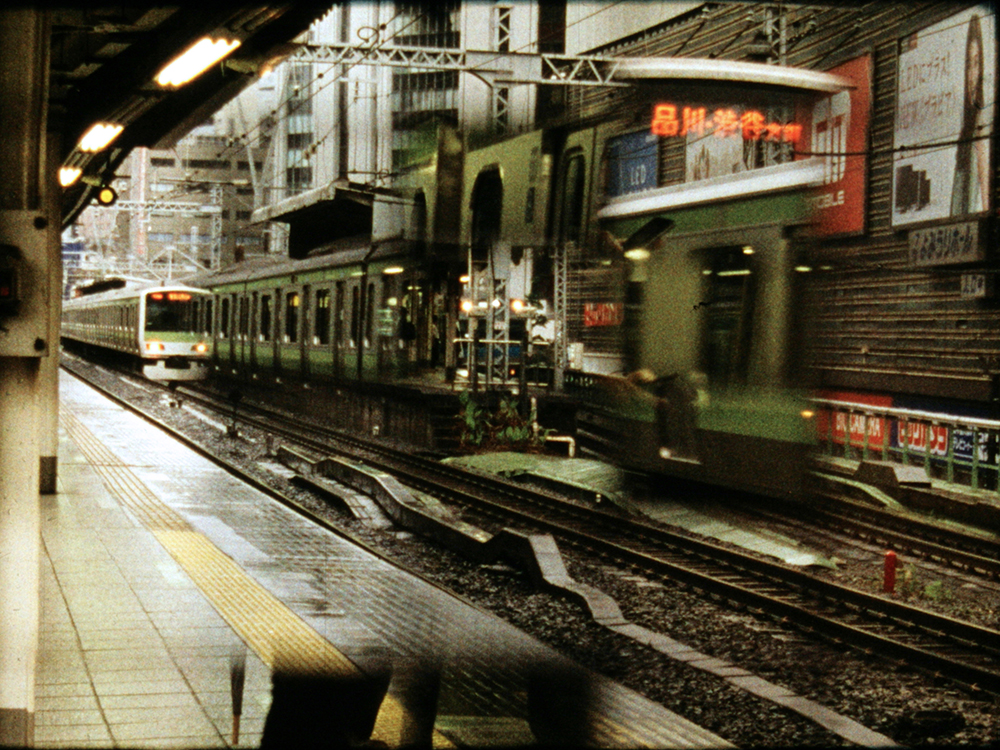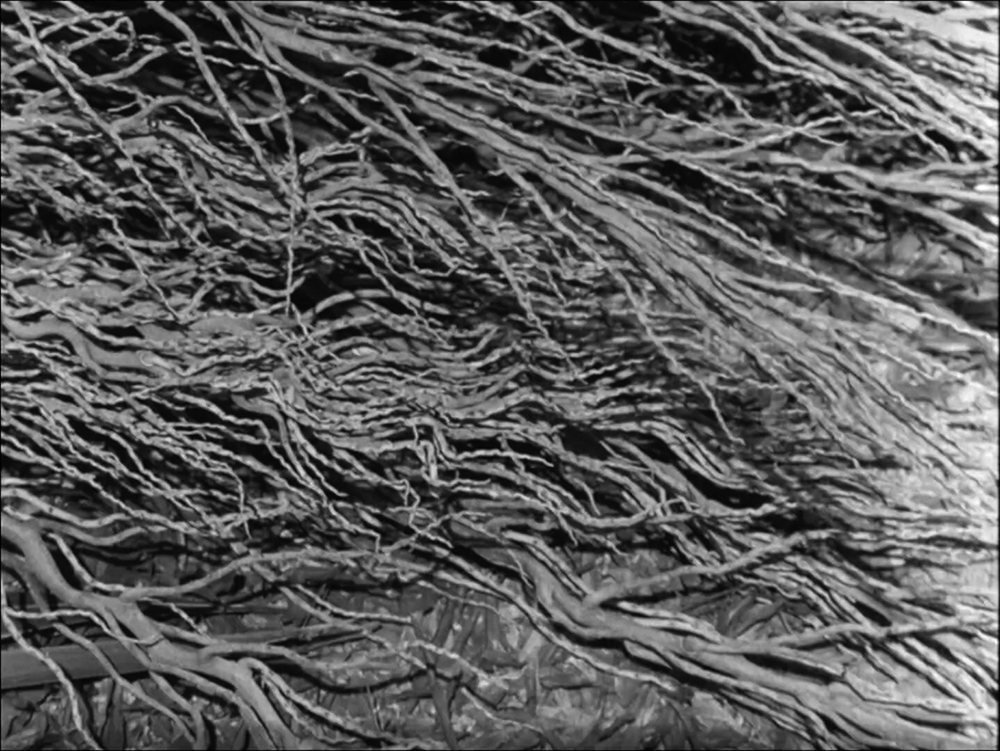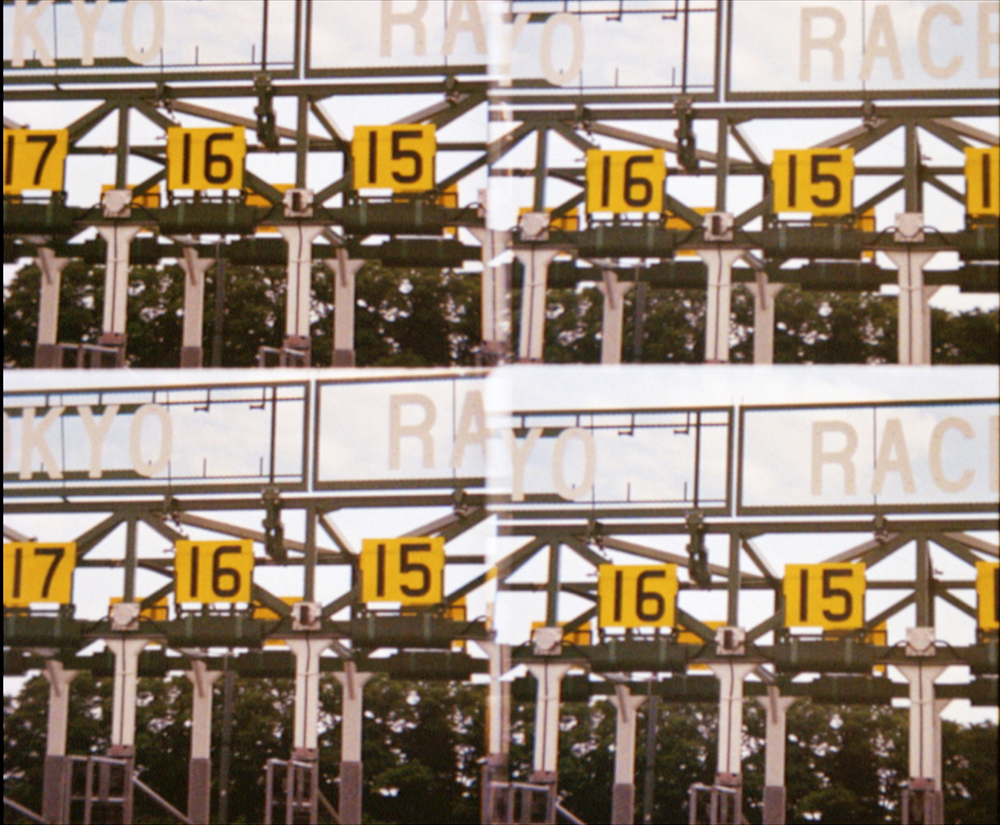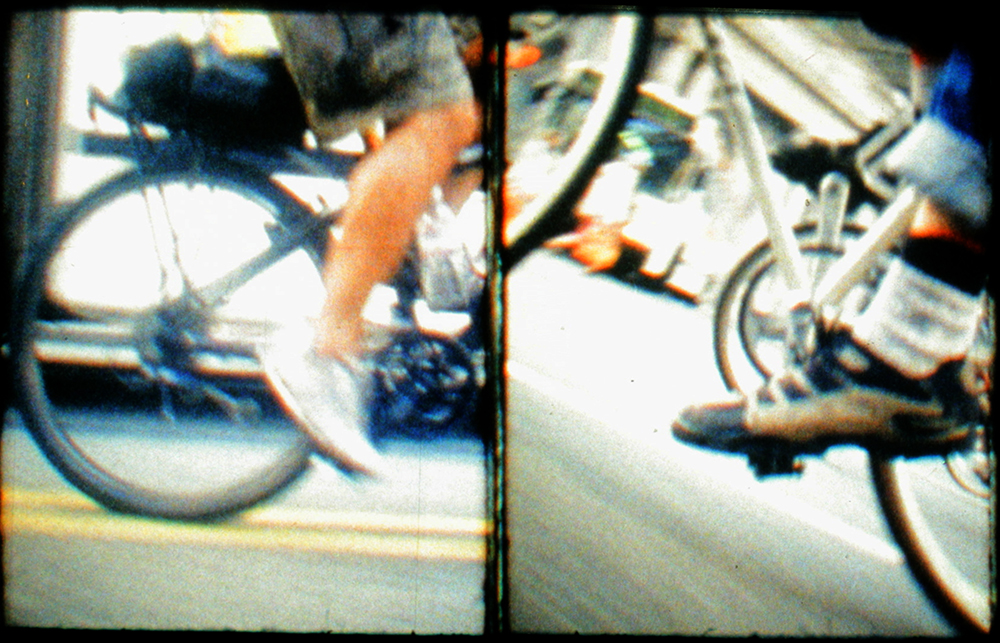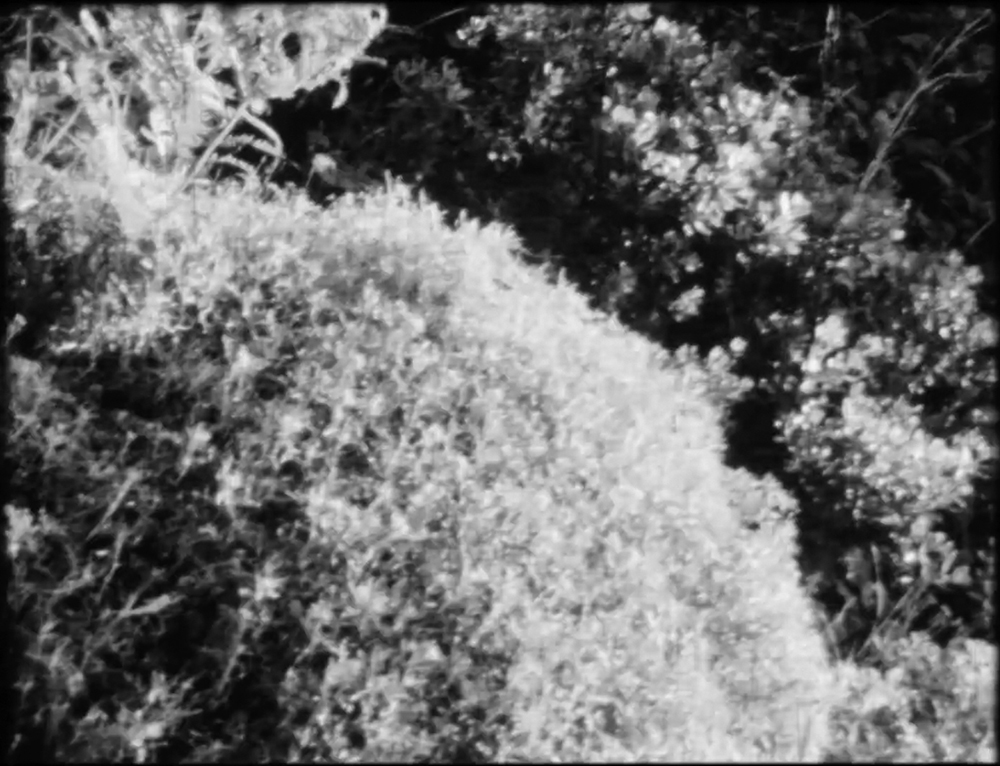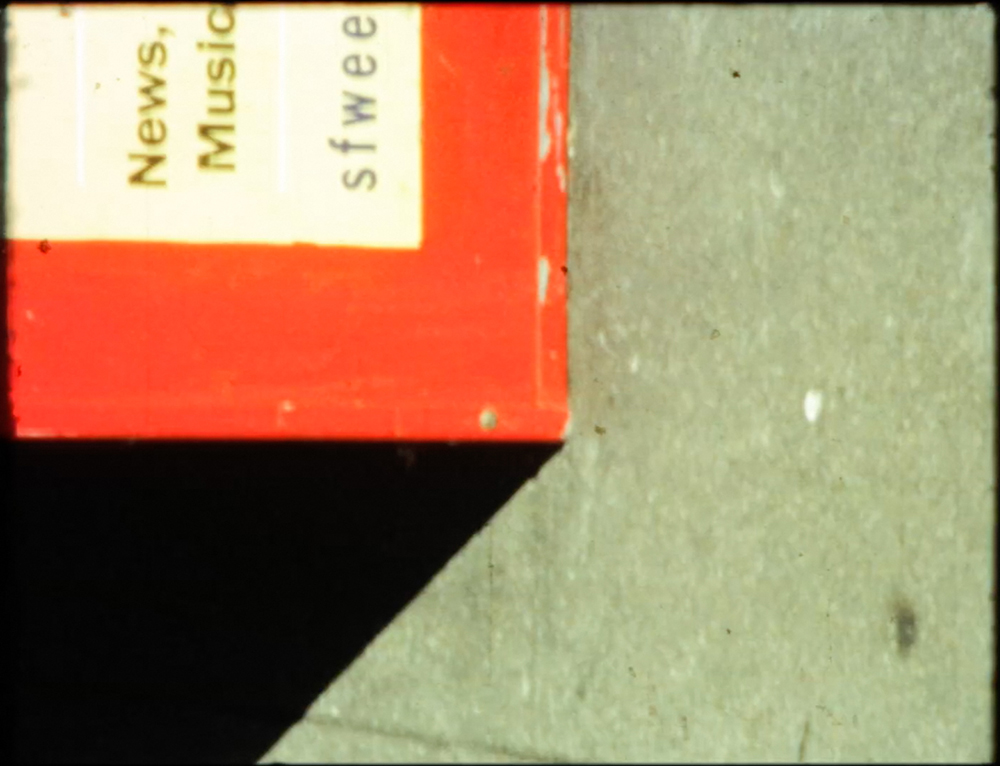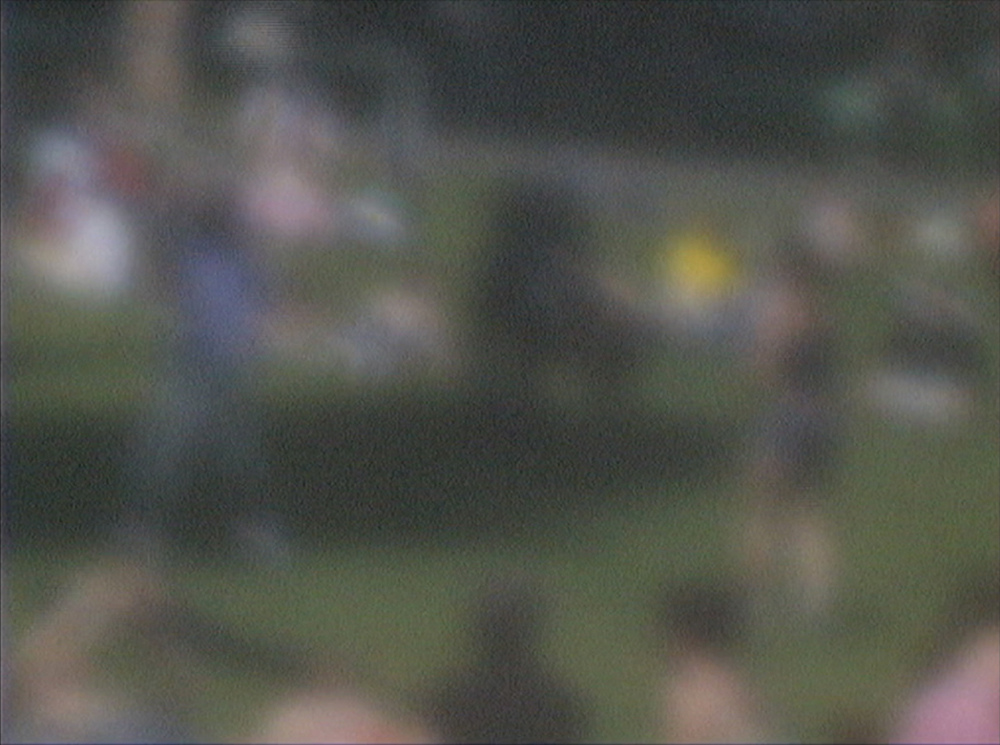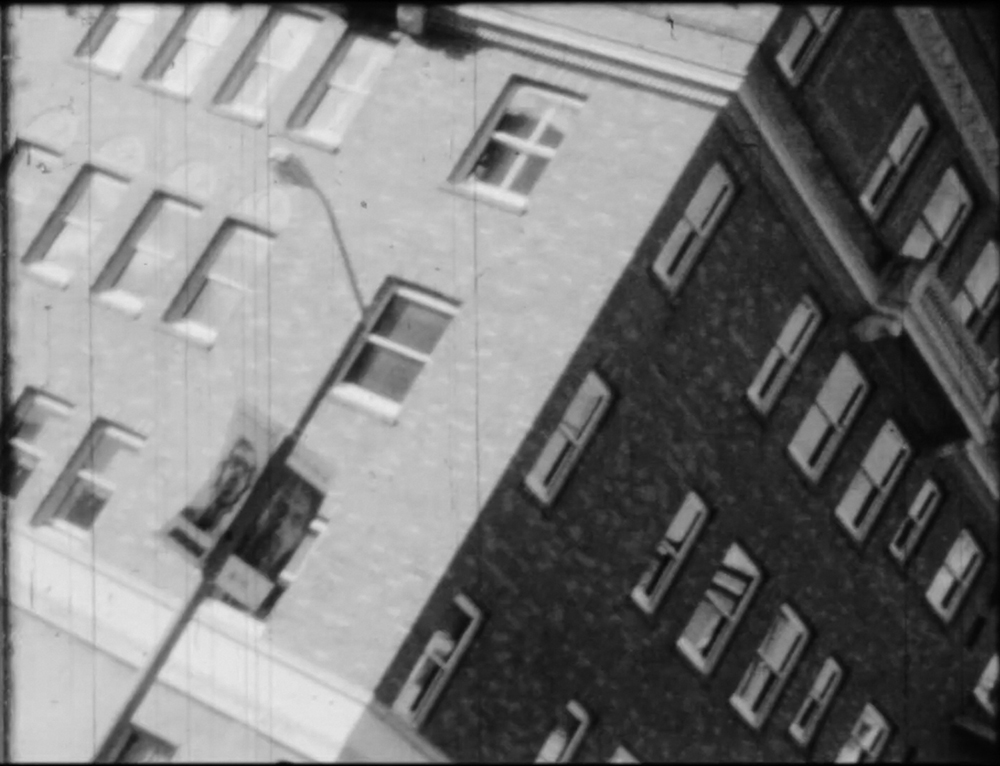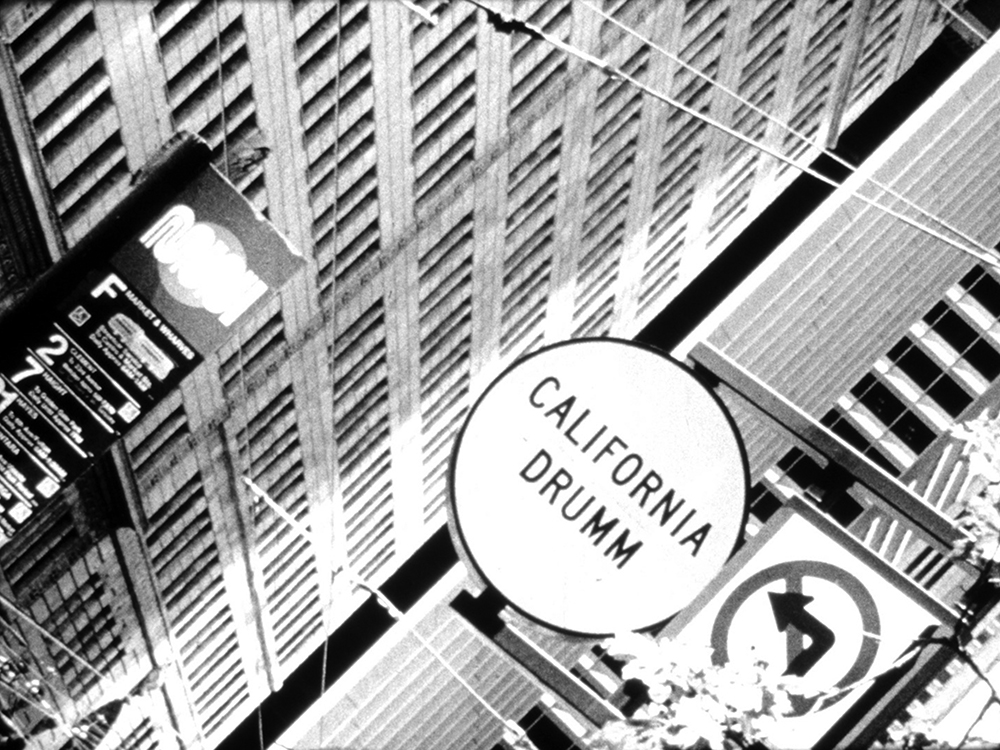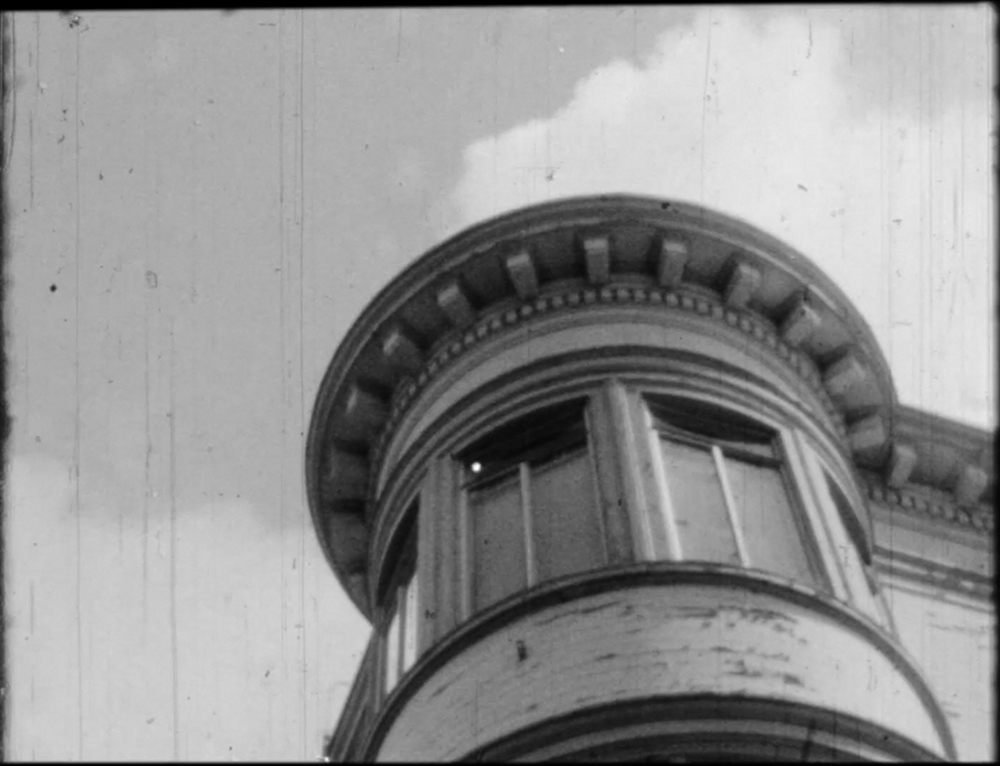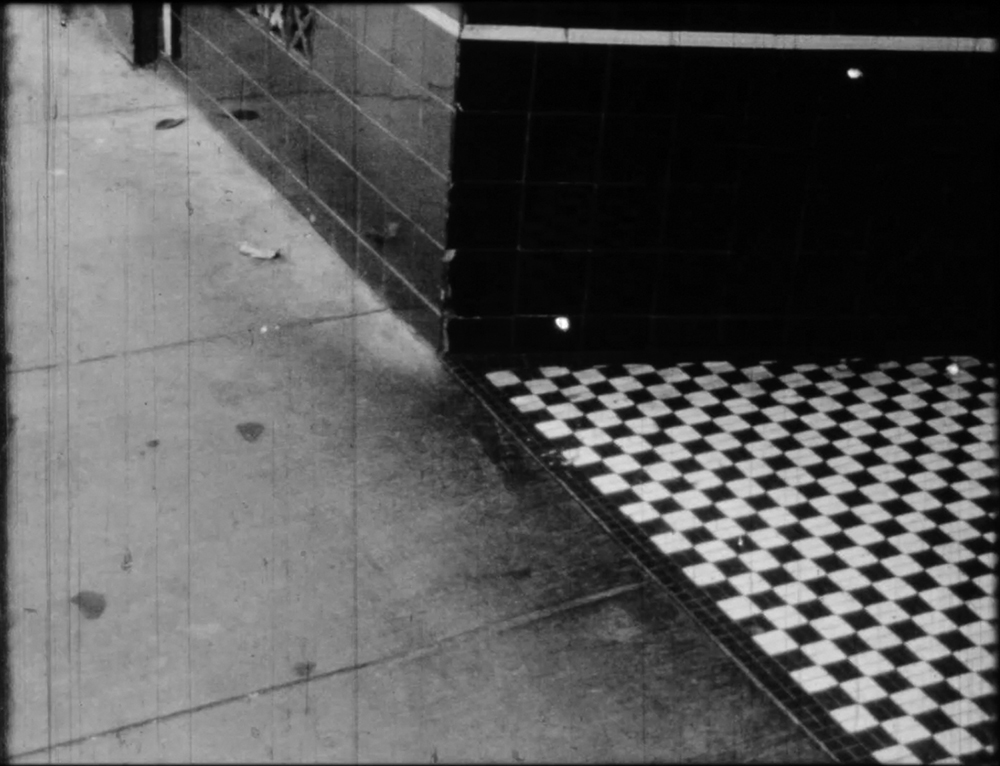Fireworks were shot at a summer festival in Japan with a Super 16 format camera in order to obtain images on the optical soundtrack area on the filmstrip. The position of the photocell to read the visual information on the optical soundtrack area in a 16mm film projector is 26 frames in advance of the position of the gate to project the image. Each footage from 2 rolls of 16mm film were cut into shots of 26 frames each, and the shots were alternated from one roll to another, which would further separate the sound and visual, while producing a distinct rhythm throughout the film.
Music & lyrics by Tube Alloys
Music video by Tomonari Nishikawa
from the album, Magnetic Point.
Music by Jeremy Young (with Tomonari Nishikawa)
Music video by Tomonari Nishikawa
from the album, Amaro.
Shot with a telephoto lens from inside a cabin of Cosmo Clock 21, a Ferris wheel at an amusement park in Yokohama, Japan. The distorted image shows the structure of the Ferris wheel, focusing on the intermittent vertical movement, which resembles the movement of a film at the gate of a film projector or camera.
It displays bridges on Yahagi River, which runs near where I was grown up in Japan. I shot each bridge twice, first in the morning and second in the evening of the day. It was exposed one-sixth of the frame at a time and the result would show the sense of the sun rising or setting.
Music & lyrics by Lightning Bug
Music video by Tomonari Nishikawa
from their album, Floaters.
A study in visual rhythm with images of architecture in Manhattan, New York, using the technique I did for the first sequence in Sketch Film #3. All edited in-camera and hand-processed afterwards. This film was commissioned by Echo Park Film Center for the celebration of its 12th anniversary.
I buried a 100-foot (about 30 meters) 35mm negative film under fallen leaves alongside a country road, which was about 25 km away from the Fukushima Daiichi Nuclear Power Station, for about 6 hours, from the sunset of June 24, 2014, to the sunrise of the following day. The night was beautiful with a starry sky, and numerous summer insects were singing loudly. The area was once an evacuation zone, but now people live there after the removal of the contaminated soil. This film was exposed to the possible remains of the radioactive materials. This project is made possible with funds from the Media Arts Assistance Fund, a regrant program of the New York State Council on the Arts, Electronic Media and Film, with the support of Governor Andrew Cuomo and the New York State Legislature; administered by Wave Farm.
This is about Times Square, the noise and movements at this most well-known intersection. I used a color separation technique – it was originally shot on black and white film through color filters (red, green, and blue), then optically printed onto color film through these filters. The layered images of shots by the handheld camera would agitate the scenes, and the advertisements on the digital billboards try to pull ahead of others.
As a sequel to Tokyo - Ebisu, this film shows the views around the exits of 20 stations in JR Yamanote Line, from Shibuya Station to Tokyo Station clockwise.
JR (Japan Railway Company) Yamanote Line is one of the Japan's busiest lines, consisting of 29 stations and running in a loop. The film shows the views from the platforms of 10 stations in Yamanote Line, from Tokyo Station to Ebisu Station clockwise. The in-camera visual effects and the layered soundtracks may exaggerate the sense of the actual location, while suggesting the equipment that was used for capturing the audio and visual.
It was shot through a still camera at Lumphini Park in Bangkok, Thailand. The hand-processed visual shows the organic patterns found in this monumental park, constructing the systematic yet emotional rhythm and pace on the screen, accompanied by the sound from the visual also captured through the still camera on the optical soundtrack. Lumphini is named for Lumbini, a Sanskrit word of the birthplace of the Buddha in Nepal, and 2552 is the year on the Buddhist calendar for 2009.
It was shot through a toy camera with 16 lenses, which would take a series of 16 images consecutively within a few seconds in two rows, spreading on two regular 35mm frames for still photography – the mechanism is similar to a movie camera or a device that Eadweard Muybridge created to photograph a horse galloping. The film shows an event at Tokyo Racecourse when it was holding the 2008 Japanese Derby (Tokyo Yushun), the biggest event of the year, where the excitement of each race would last about 2 minutes and 30 seconds.
The visual was originally captured through two Super 8 cameras, which were attached on the pedals of a bicycle, through my ride from Marin County to San Francisco. The time-lapse footage was optically printed onto 16mm film afterwards, and the double projection would show a new landscape of the photogenic city. The ride ended after joining Critical Mass, an event occurs the last Friday of every month in San Francisco.
This is the last film in the series. I shot at the site of Marin Headlands County in California when I was an artist in residence at the Headlands Center for the Art. The footage shows the nature in the area, as well as the historic buildings originally built for the US Army, including batteries and the Nike Missile Site. It was all edited in camera and hand-processed afterwards.
The fourth film in the series, for which I focused on colors and shapes. It was shot on Kodachrome, all edited in camera, and processed at Dwayne’s Photo.
The visual was recorded through, not a lens, but an adjustable slit-like opening, which was attached in front of the image sensor. I was changing the length of the slit and rotating the angle to modify the visual, as my response to the activities taken place at Washington Square, San Francisco, on a beautiful sunny day.
The third film in the series, which starts with a sequence of paired images: a focused image and a blurred image of the same subject, which was caused by a diagonal camera movement. Later, it shows an experiment to produce an apparent depth by rotating an apparent shape. It was edited in camera and hand-processed afterwards.
All images were shot on Market Street, one of the main streets in San Francisco. I used Sketch Film #1 and Sketch Film #2 as reference to make a plan of the film structure, and the visual was carefully composed frame by frame, while shooting on the street. This project was commissioned by Exploratorium and San Francisco Arts Commission for the outdoor screening event, A Trip Down Market Street 1905/2005: An Outdoor Centennial Celebration, at Justin Herman Plaza in San Francisco on Sep. 25, 2005.
The second film in the series, showing my study especially in apparent shapes – a shape that cannot be seen in a single frame but only through a series of consecutive frames when projected. It was edited in camera and hand-processed afterwards.
As a painter carries a sketchbook and practices drawing, I carried a Super 8 camera and shot frame by frame, as an everyday exercise to make animations of lines and shapes found in the public space. The entire film was edited in camera and hand-processed afterwards.
It shows my interest in materials, medium, and apparatus of cinema. The sound will be produced from the visual on the optical soundtrack – for some parts, I used a 35mm still camera to expose the soundtrack area, and I scratched off the film emulsion directly for other parts. This is my senior thesis project at Binghamton University, and Julie Murray was my advisor.
